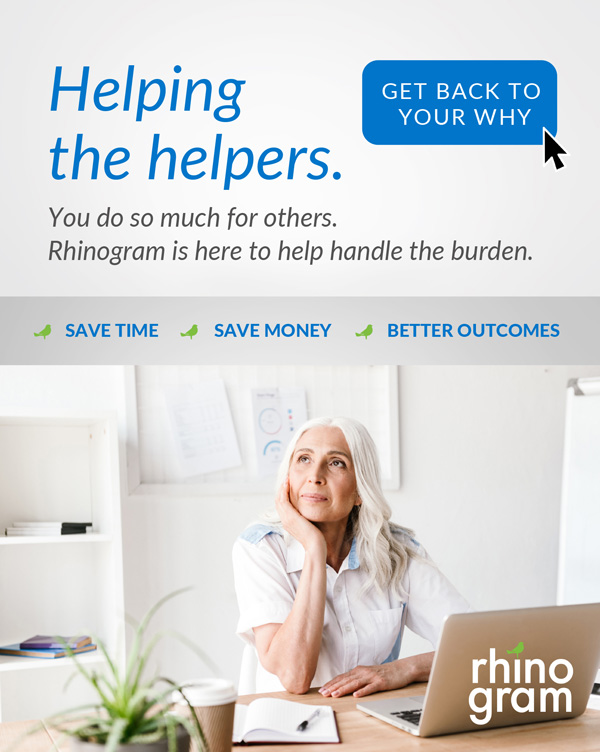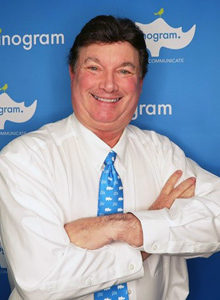Reaching individuals with information designed to help with anxiety and depression can be difficult, especially when they’re in rural areas. Consistent, fast internet is still not available in many of these areas, so text-messaging outreach is highly preferred (about 95% of US residents have a cell phone with text capabilities).

That’s exactly the type of program Assistant Professor Douglas Knutson, PhD, and his researchers in the Counseling and Counseling Psychology Program at Oklahoma State University (OSU) began piloting last year. The program provides transgender and nonbinary individuals with an affirmative cognitive-behavioral intervention for anxiety and depression.
Creating interventions that can be delivered electronically, but still contain a human touch and are responsive to client needs is challenging, according to Dr. Knutson. The first iteration of his program used Google Voice for text messaging and was highly manual, involving multiple Excel spreadsheets to track participants and their progress within the program (referred to as a “protocol” by researchers).
The system was far from ideal. Fielding text messages from multiple individuals simultaneously on days the program was open to participants was stressful. Automating messages for participants or potential enrollees to receive after hours was awkward at best. Program management was also difficult, with pertinent information scattered across multiple data sources.
The final straw came when Google Voice began setting limits on how many text messages program researchers could send in a row without a response before being labeled as spam. (The program involves sending multiple informative texts back-to-back at times.)
Dr. Knutson began looking for other solutions, finding a few but only one virtual care platform that had all of the features he sought. “I found this team to be incredibly responsive and engaging,” says Knutson. “I was further hooked by the fact that the product has a really engaging interface that met our needs all in one place, instead of having to cobble together all those spreadsheets and platforms.”
User Friendly, HIPAA Compliant
The second iteration of the program used the new platform to exchange more than 6,000 messages with an expanded number of participants during a five-month period. The students absolutely love the platform, according to Dr. Knutson. “In the first iteration of the study, they found interacting with participants an exhausting process,” he says. “Now, they’re excited to begin again when they return to school in the fall.”
Not only is the platform’s interface user friendly, but the research team received an unprecedented level of support during training and startup. “The training we received was completely tailored to our needs,” says Dr. Knutson. “The support team selected the pieces we would need and was available and engaged throughout the process,” he says, adding that his group was up and running within a week of finalizing the contract.
The platform’s HIPAA compliance is another critical factor. “Not many text messaging services seamlessly integrate the HIPAA security component,” Knutson says. “Our new platform allowed me to designate that the required consents have been endorsed by the participant. Other products pale in comparison with those capabilities.”
The platform is ideal for setting up projects that involve multiple participants at various stages of the protocol, multiple coaches rotating in and out throughout the day, and a number of interaction types. Students log on when they arrive at the clinic and can immediately see which protocol stage each participant is at and engage accordingly. At peak study times, a single research assistant was able to exchange an average of 97 (relatively complex) messages per hour with multiple participants.
The project’s templates are labeled by the message number and the day within the protocol (e.g., Day 2). Says Dr. Knutson: “The platform allows us to create such strong organization within its system that the workflow dictates itself based on what’s unread and how the person is located within the system. We can easily accomplish tasks as a team by picking up where others left off.”
Automated Content Reduces Administrative Burden
Administratively, the platform is head and shoulders above the project’s previous system. For example, Dr. Knutson used to have to quickly text back potential participants and then be available in the project lab to get them set up in the program. “Now, it just automatically texts applicants a link to a screening survey to determine their eligibility,” says Dr. Knutson. “All of that automated content reduces the burden on me.” He estimates he spends four hours a week less on the program than during the first iteration.
There’s also reduced concern about participants not getting the information or attention they need. “The students aren’t responsible for keeping everyone in the loop,” says Knutson. “Now, we’re able to centralize that information, helping us keep distressed and highly engaged participants from going unmonitored.”
So, it’s no surprise that Knutson leans heavily on the platform as he writes grants for future iterations of the project. “The platform increases the feasibility of our projects and demonstrates that we’re capable of doing them at this university,” he says.
As healthcare providers across the nation look to streamline workflows due to staff shortages and limit in-person contact due to concern over the rapidly spreading virus, virtual care platforms have become a necessity. Providers like Dr. Knutson are leveraging technology to bridge the gap between patients and providers, especially during these delicate times, which ultimately enhances both patient care and satisfaction.
Dr. Keith Dressler is Chairman and CEO at Rhinogram, and can be contacted at dr.d@rhinogram.com.






